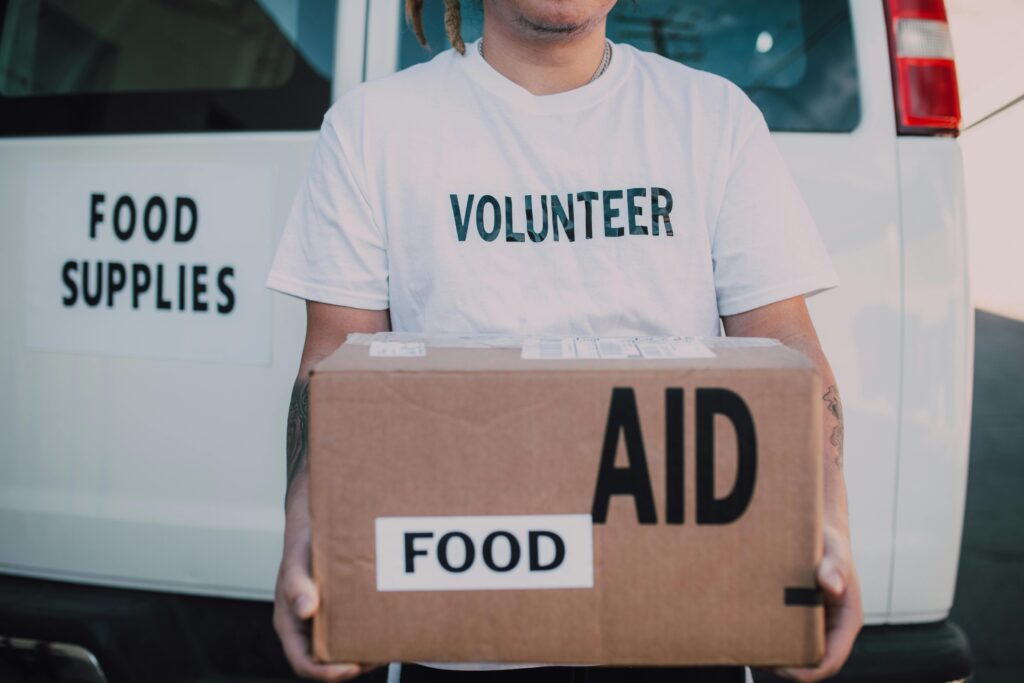Ever been stuck overseas with no idea how to get home safely? Yeah, us too.
If you’ve ever faced the stress of planning a return home in an emergency or simply relocating back to your home country, you know it’s not just about booking flights. There are medical emergencies, financial logistics, and—let’s face it—a lot of bureaucratic headaches. That’s where repatriation insurance comes into play, and this ultimate repatriation coordination guide will show you how to navigate these waters like a pro.
In this post, we’ll cover everything from understanding repatriation services to coordinating between credit cards and insurance plans for seamless returns. You’ll learn:
- What repatriation insurance actually covers (and what it doesn’t).
- A step-by-step guide to coordinating your repatriation plan.
- Best practices for choosing the right coverage—and avoiding duds.
Table of Contents
- Key Takeaways
- Why Repatriation Coordination Matters
- Step-by-Step: Building Your Repatriation Plan
- Tips for Navigating Repatriation Insurance Like a Pro
- Real Stories: When Good Plans Save the Day
- Frequently Asked Questions
- Conclusion
Key Takeaways
- Repatriation insurance is more than just travel health coverage—it can include logistical support during emergencies.
- Your credit card perks might overlap with existing policies; always compare benefits before buying extra coverage.
- A well-coordinated repatriation plan requires clear communication between insurers, airlines, and healthcare providers.
Why Repatriation Coordination Matters
Picture this: You’re on vacation abroad when suddenly you fall ill—or worse, someone close to you suffers a serious accident. Now imagine trying to figure out emergency transport back home while also dealing with language barriers, exorbitant medical costs, and bureaucratic red tape. Sounds chaotic, right?
This isn’t some fictional horror story—it happens all too often. According to global mobility experts, nearly 30% of international travelers encounter issues requiring repatriation assistance each year. And yet, only a fraction have adequate repatriation insurance or even understand its value.

An infographic illustrating common scenarios requiring repatriation assistance worldwide.
Here’s something real: I once went hiking in South America without checking my insurance policy thoroughly. Guess who ended up footing a $5,000 bill for a helicopter evacuation because their “comprehensive” plan didn’t explicitly mention mountain rescues?
Step-by-Step: Building Your Repatriation Plan
Creating a solid repatriation coordination strategy doesn’t have to feel overwhelming. Follow these steps:
Step 1: Understand What You Need
Ask yourself key questions:
- Am I traveling alone or with dependents?
- Does my destination have reliable healthcare infrastructure?
- How likely am I to require evacuation due to unforeseen circumstances?
Step 2: Check Your Credit Card Benefits
Before purchasing additional insurance, review your credit card perks. Many premium cards offer built-in travel protection features, including accidental death, trip cancellations, and yes—even repatriation services. However, these usually come with strict limitations.
Step 3: Compare Policies
When comparing repatriation insurance options:
- Ensure they align with your specific needs (medical, non-medical, family).
- Look for clauses covering emergency transportation via air ambulance if needed.
- Read customer reviews to gauge reliability (trust me, those online gripes matter).

A detailed table comparing top credit cards that provide repatriation-related benefits.
Tips for Navigating Repatriation Insurance Like a Pro
Now let’s talk actionable advice:
- Don’t double-dip: If your credit card already provides decent coverage, avoid overpaying for redundant policies.
- Tailor-fit solutions: Opt for tailored packages rather than generic ones—your specific needs may differ vastly depending on location, duration, etc.
- Grumpy Note: Avoid falling prey to flashy ads promising “all-inclusive” plans; most exclude critical components unless explicitly stated otherwise (*ugh*).
RANT ALERT: Nothing grinds my gears like insurance jargon designed to confuse consumers. ALWAYS ask agents to clarify terms if anything seems murky (“chef’s kiss” infuriating).
Real Stories: When Good Plans Save the Day
Meet Sarah from Sydney, whose daughter was hospitalized unexpectedly in Paris last year. Thanks to her meticulously planned repatriation insurance, she managed to organize medical transport within hours—all covered under her policy!

Sarah poses with her family after returning safely thanks to effective repatriation planning.
Frequently Asked Questions
What does repatriation insurance typically cover?
Most plans include emergency evacuation costs, medical repatriation, and sometimes even accommodation for accompanying family members.
Can my credit card replace traditional repatriation insurance?
It depends. While many premium credit cards offer robust travel protections, they often lack comprehensive long-term care provisions found in dedicated policies.
Is repatriation insurance worth the cost?
Absolutely—if peace of mind matters to you. Especially for frequent international travelers or expats living far from home, investing in quality coverage is invaluable.
Conclusion
Navigating the complexities of repatriation coordination doesn’t have to leave you tearing your hair out (or Googling frantically at midnight). By following our guide and staying informed about both your credit card benefits and available insurance plans, you’ll minimize stress and maximize preparedness.
Optimist You: “Follow these tips, and you’ll never worry about getting stranded again!”
Grumpy You: “*Fine,* but let’s hope karma stays kind enough so none of us actually NEEDS it.” 😉
Haiku Time:
Stranded far away,
Plans save us when trouble strikes,
Home awaits safely.


